Latvia 1944: A closer look at the Red Army Operation Bagration and German Army Operation Doppelkopf
The car was rumbling over the bumpy dusts roads, a long way from home. It is June 2019 and Gary and Jonny are tracing down the stories of operations long forgotten.
Two of the worlds military mights met here on these fields, roads and villages, clashing almost 75 years ago. By 1944 the Eastern Front is closing fast towards the German borders.
In this specific sector of the frontline, the outnumbered German military with 800,000 troops, 533 tanks and 839 aircraft. On the other side the might of the Soviets with 1,666,000 troops, 5,700 tanks, 7,800 aircraft.
Operation Bagration
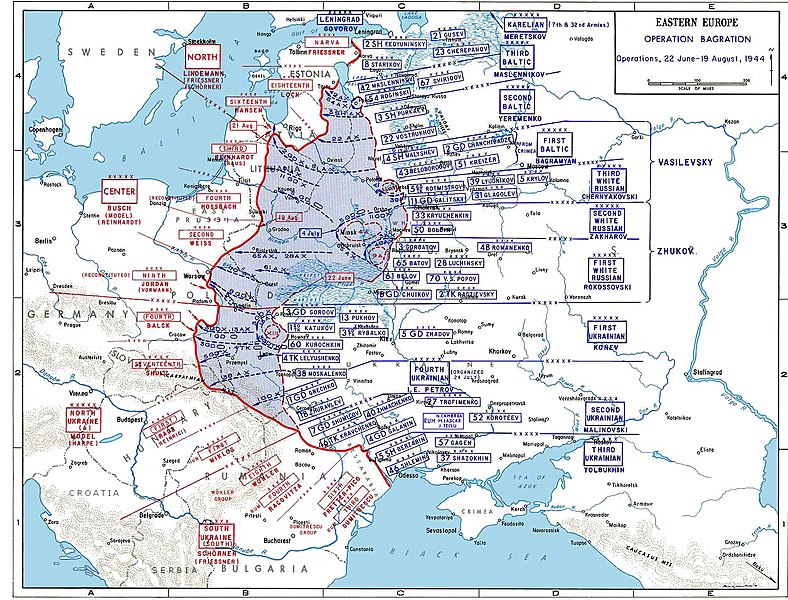
The Germans had been on the back-foot in a large-scale system of strategic withdrawals, and some counter attacks did take place in certain places.
The Soviet Offensive Operation Bagration was initiated near the end of June in 1944, they had succeeded in destroying 28 out of the 34 German Divisions that made up Army Group Centre, thus dealing a huge blow in men and materials.
The last days of July in 1944 saw the Soviets reach the Gulf of Riga in the final stages of their Operation Bagration, they had successfully cut through the lines that connected the Germans 16th Army of Army Group North and the 3rd Panzer Army of Army Group Centre.
During this year the Red Army had taken back much of the lost ground from the previous three years of war that raged over these lands.
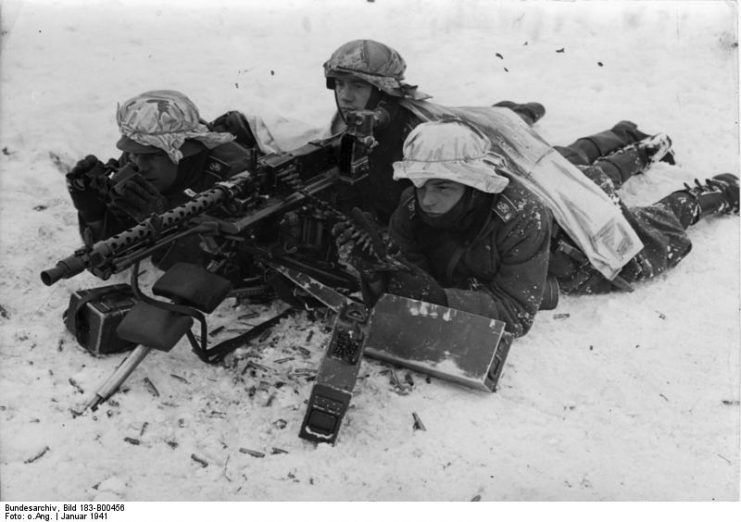
Latvia became a side sector for the Red Army, the main objective was Berlin, thus the push through Poland was key in order to make the final attack for the final victory in their Great Patriotic War and Latvia was in the way.
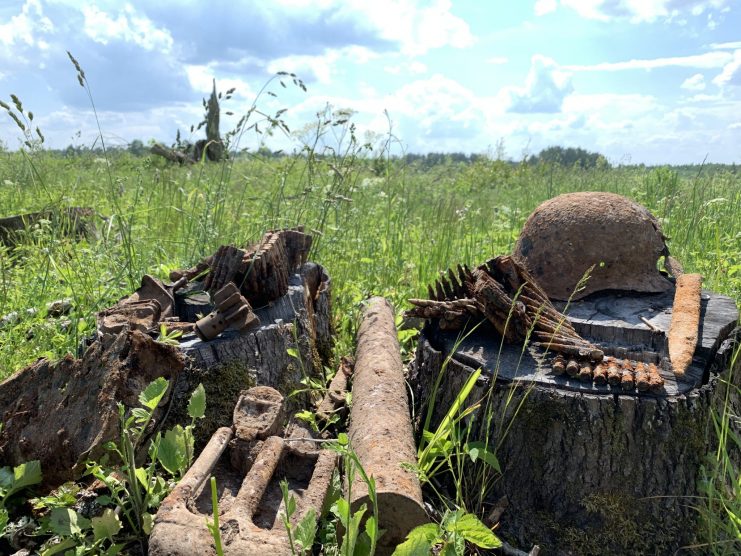
The last days of July in 1944 saw the Soviets reach the Gulf of Riga in the final stages of their Operation Bagration, they had successfully cut through the lines that connected the Germans 16th Army of Army Group North and the 3rd Panzer Army of Army Group Centre.
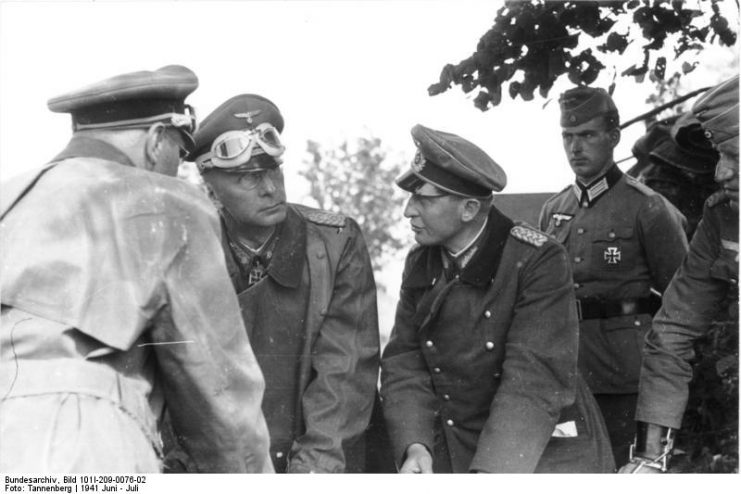
Elements of Army Group Centre was at this time in Latvia, they were organising a number of formations and armoured elements along with ships from the German Navy in the Baltic Sea for a counter offensive to be coined as Operation Doppelkopf.
Artillery support was in all forms, including fire from the large guns of the German heavy cruiser Prinz Eugen in the sea.
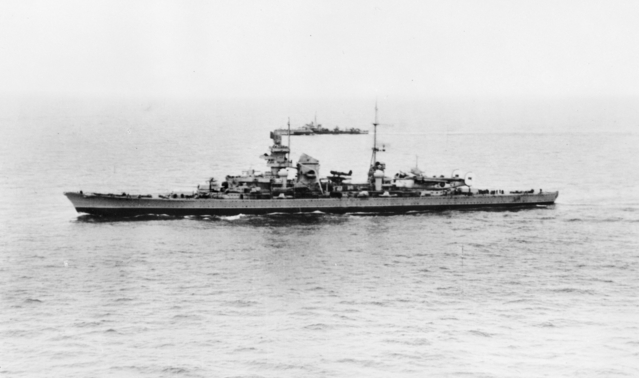
Orders were given to cut off the Soviet forward parties and advance towards the town of Jelgava. The XXXX Panzer Corps along with the 14th and 7th Panzer Divisions and 1st Infantry Division.
These regular German Army units were backed up by the elite ‘Großdeutschland Division’ recently formed up in the port city of Liepāja were to attack after mobilisation, while at Tauroggen the XXXIX Panzer corps was also being made ready for battle.
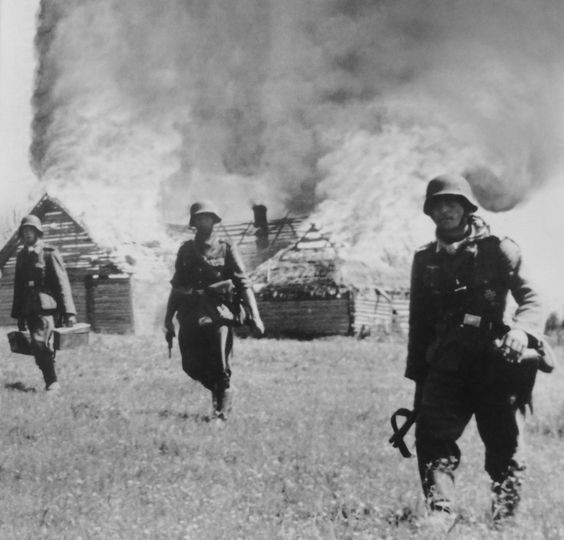
The German Operation Doppelkopf: mission commenced on the 15th of August, 1944.
Is also known as: Šiauliai Offensive
This massive counter attack initiated by the German forces was in retaliation to the ongoing success of the Soviet advance.
The German objective of which was to reestablish contact between the both Army Groups. Which meant reaching the area were they were cut in two by the Soviet Operation Bagration. The might and manpower of the Soviet elite 2nd Guards Army are advancing towards the Latvian capital of Riga and the coast.
The 5th Soviet Guards Army pierced through the German Army Groups lines near Lithuania essentially trapping one Army Group in the Courland Peninsula.
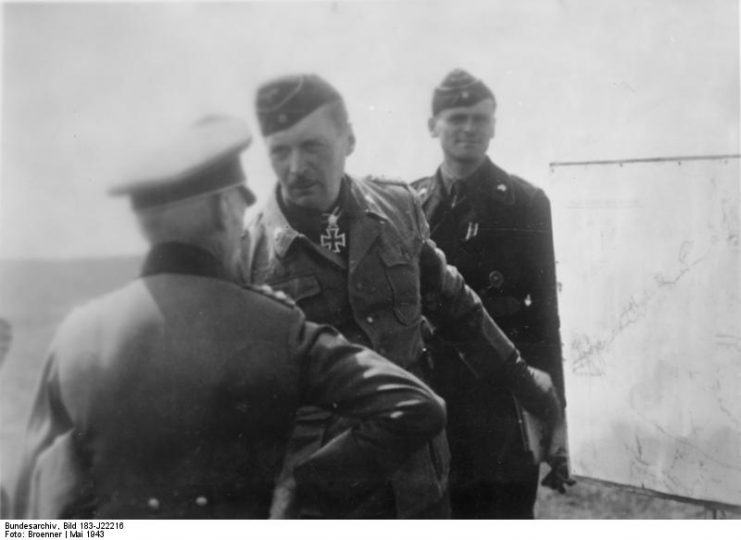
The aftermath of these operations can still be seen to this day, the scars of war still litter Latvia. Much of the battlefields can still be seen and the remnants of the actions that took place still litter the fields and forests.
Many of the dead from all sides that took part are still missing in these former battlefields. Latvia is very much so a European time machine, the forests and landscapes barely changed through hundreds of years. It is not uncommon to find in a forest a lost settlement or village and in the trenches lay the missing.
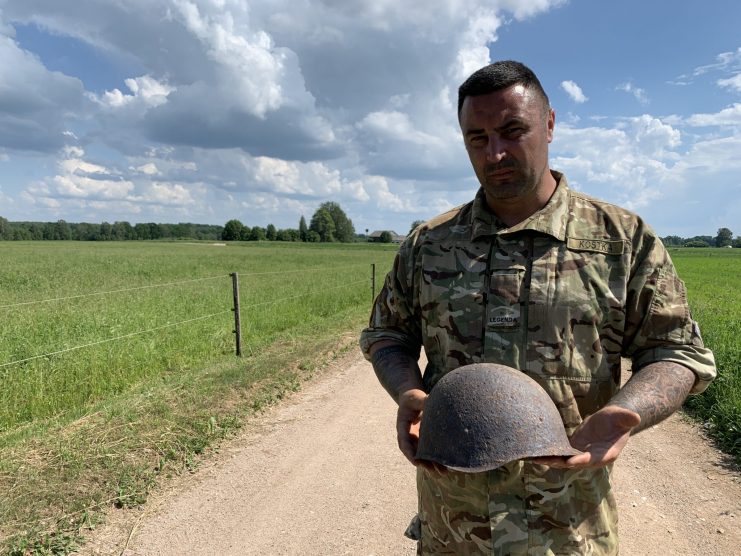
The might and manpower of the Soviet 2nd Guards Army advanced towards the Latvian capital of Riga and the coast.
The 5th Soviet Guards Army pierced through the German Army Group centres lines near Lithuania and was about to trap German forces caught in between them. Spearheading Operation Doppelkopf were the men of the GD Division.
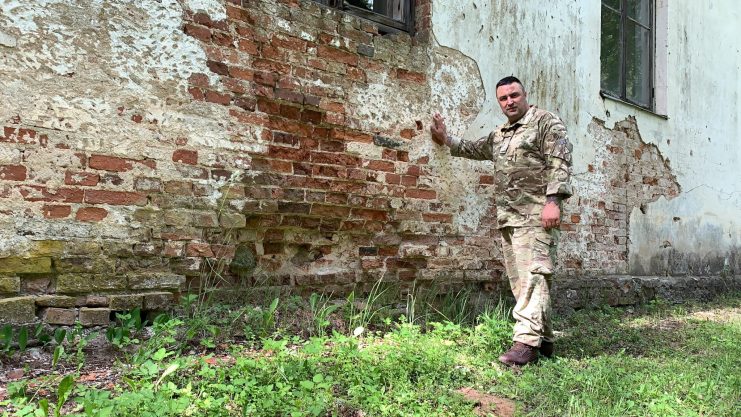
The ‘Panzer Grenadier Division – Großdeutschland’ was at this stage of the war somewhat of a shadow of its former self. Although, many of the commanders were combat hardened the soldiers were more carefully selected.
They were often given much better equipment, right through to the most modern tanks or infantry weapons for the era. The Division is to be considered one of the best fighting Wehrmacht Divisions available to the German Army during WW2.
The soldiers of Grossdeutschland wore on their uniforms the famous ‘GD’ insignia on their shoulder boards, as well as a cuff title to designating their elite status.

Operation Doppelkopf might have made some initial advances but it was in total a failure. Both Army Groups would be split and not reunited again. They did not manage, to hold the bitterly fought over corridor around 18 kM in width.
Attempts were made with a follow up Operation Cäsar but to no avail the Germans then took defence positions. Army Group North were now on the Courland Peninsula, cut off till the very end of the war. Also known as the ‘Kurland Kessel’ or Courland Pocket.
– Author Jonny Bay & Gary Kostka –
Another Article From Us: Jonny Bay And Legenda: The Men Who Have Recovered 15,000 Fallen Soldiers on The Eastern Front
